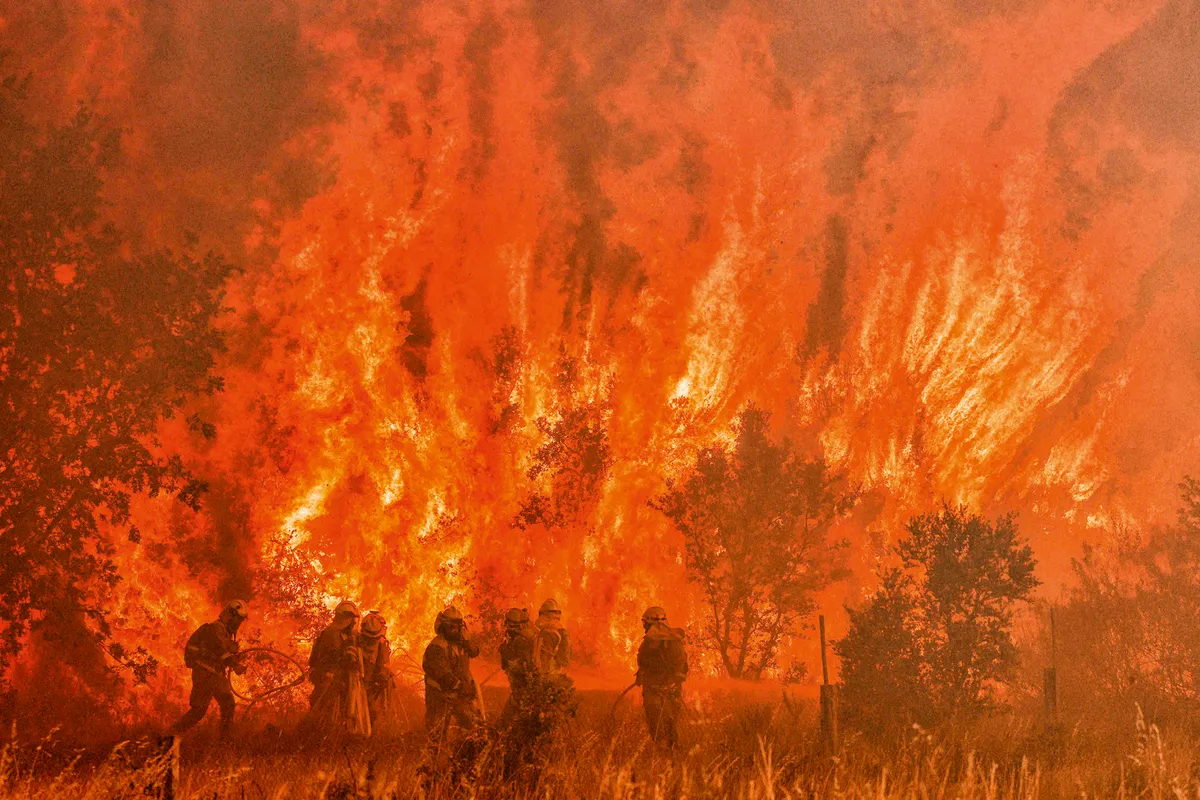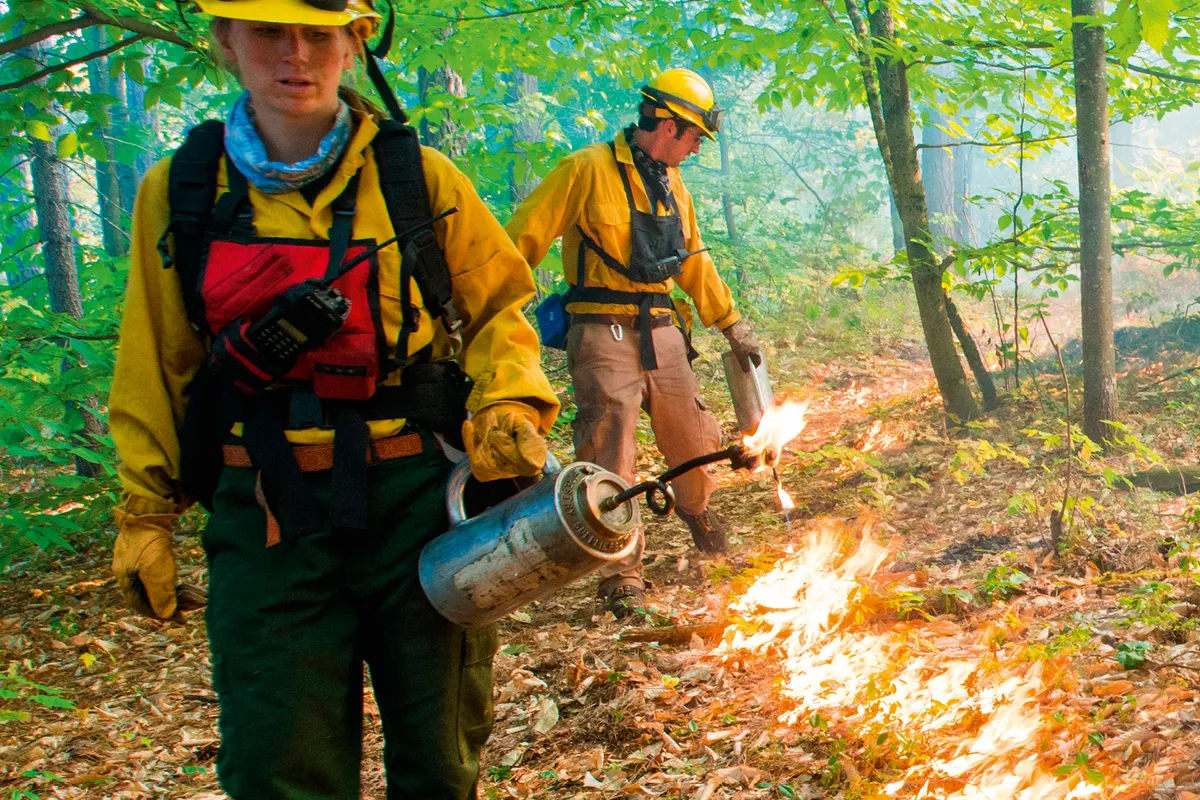Wildfires have occurred on our planet ever since terrestrial plants started appearing over 400 million years ago, in the period of Earth’s history known as the Silurian.
While certain regions are well known for them, such as Australia, Greece, the Amazon and the western USA, they actually take place on most areas of land around the globe. Wildfires can even occur in some of the most unexpected places, such as the Arctic Circle, where so-called ‘zombie fires’ can burn peat and permafrost under the ice, persisting throughout the cold seasons.
The more well-known events, such as the devastating fires in Turkey last summer, are generally associated with the fast burning of large areas of forests. These can be clearly seen as smoke plumes from a distance, and are even visible from space.

Wildfires can wreak havoc on everything in their path, be it humans, animals or buildings. In some parts of the world, the loss in biodiversity can be catastrophic. But in other cases, the natural occurrence of wildfires is so ingrained that some species have evolved to work with it. For example, some plants’ seeds require exposure to fire in order to sprout.
What are the conditions for a wildfire to start?
Wildfires start when the vegetation is ignited, with drier vegetation making this process much easier. The ignition can be either human-caused (from barbecues, arson, or discarded cigarettes) or natural (from lightning strikes or volcanic eruptions, for example). A lot of fires are caused by humans, which is why many countries have laws on what months people are allowed to have a barbecue, even on their own property.
These things on their own are not normally enough to allow the fire to spread. The moisture accumulation over the preceding months, especially in soils, can help prevent spread. Likewise, the current humidity, or whether or not it is raining, is also critical. In some countries where wildfires spread rapidly, it is the wind that is doing the real damage – fuelling the fire with replenished oxygen, pushing the flames to adjacent vegetation, and spreading burning embers far and wide.
Forest fires can sometimes reach speeds of up to 11km/h, with smoke being particularly disorientating for anything in the vicinity of the fire.

Is climate change the biggest factor to changes in wildfires?
Despite climate change leading to an increased risk of wildfires, satellite data from the 1990s onwards has actually shown that the global area burnt from wildfires has gone down. A large part of this decrease is due to forested areas being converted to farmland. It is therefore known that societal interventions are at least as important for wildfires as climate change is, but for many regions around the world, the interplay between each factor is not clear.
For some particularly well-studied hotspots, such as western North America, there is strong evidence that supports climate change as the dominant driver of the increases in burnt land. But for most other regions around the globe, this is not the case, and it is believed that natural climate cycles, deforestation, fire suppression and agricultural burning can play a more dominant role.
The human interventions here can be particularly important if the right policies are in place, and the more that climate change leads to increases in wildfires, the more we will need these societal interventions to combat that.

Are fires changing due to climate change?
Given the different weather types that influence fire risk, the links with climate change are complex. For many active wildfire regions around the world, fire risk is projected to increase, mainly driven by elevated temperatures, but also from decreasing humidity. This combination is ideal for drying out vegetation, creating the perfect fuel for the fires.
Wildfires tend to occur in summer, where temperatures are highest, but what goes on in the earlier seasons can also be important. The amount of vegetation, or fuel, is also critical, and we expect this to increase for many parts of the world, as atmospheric carbon dioxide makes plant photosynthesis (and therefore growth) more efficient.

Even today, and all else being equal, it is believed that climate change could be doubling the land that is being burned from wildfires. On around a quarter of vegetated land, the wildfire season has also increased, due to a combination of increasing droughts and raised temperatures.
When trees burn, they release their stored carbon into the atmosphere, and this can cause up to a third of ecosystem carbon emissions. This is a vicious negative feedback cycle, whereby climate change is causing more wildfires, which in turn leads to more climate change.
Read more:
- How effective are planes in fighting wildfires?
- Are we too late to stop climate change?
- How can smart tech tackle climate change?
- Can planting billions of trees help tackle climate change?
To submit your questions email us at questions@sciencefocus.com (don't forget to include your name and location)